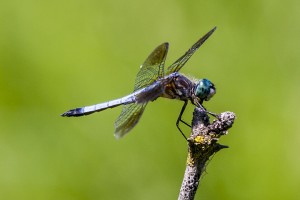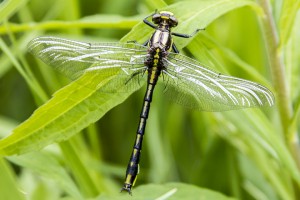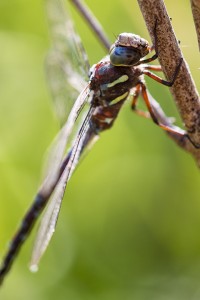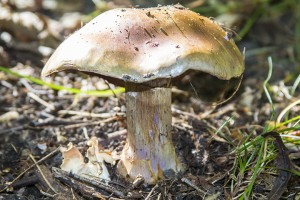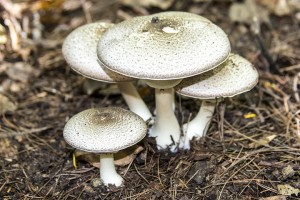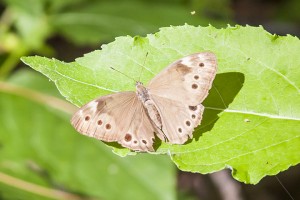
Northern pearly eye (Lethe anthedon) is a common, medium-sized, brown butterfly. It is found from late-June to late August in grassy edges and openings, dirt roads and trails in mature deciduous woodlands and forests, usually near streams, rivers, or marshes. They often perch upside down on tree trunks. Their wings are usually held together above the body, opening only occasionally and briefly.
The wings are brown or brownish gray with a row of dark eyespots near the margin. The spots on the underside of each wing have a white “pearly” center.
There are two subspecies and both are found in Minnesota. Their ranges overlap on a narrow strip from East Grand Forks in the west to Rush City in the east. The southern subspecies upper wing surface has a more grayish cast. The lower surface of the hindwing is lighter, more grayish, and often has a violet tinge. The pale band surrounding the eyespot group on the lower surface is variable but generally narrower. The northern subspecies upper wing surface has a more brownish cast. The lower surface of the hindwing is darker, more brownish, and never has a violet tinge. The pale band surrounding the eyespot group on the lower surface is variable but generally broader.
http://minnesotaseasons.com/Insects/northern_pearly_eye.html

